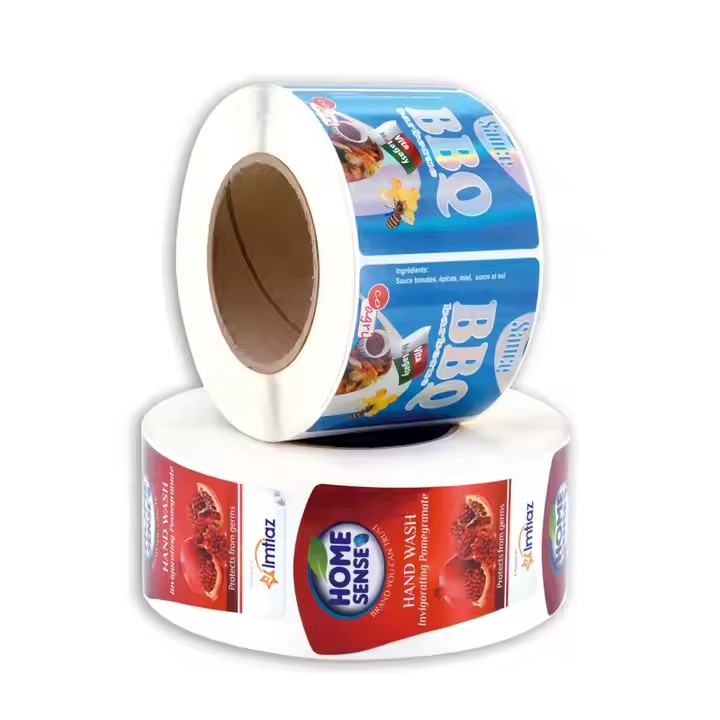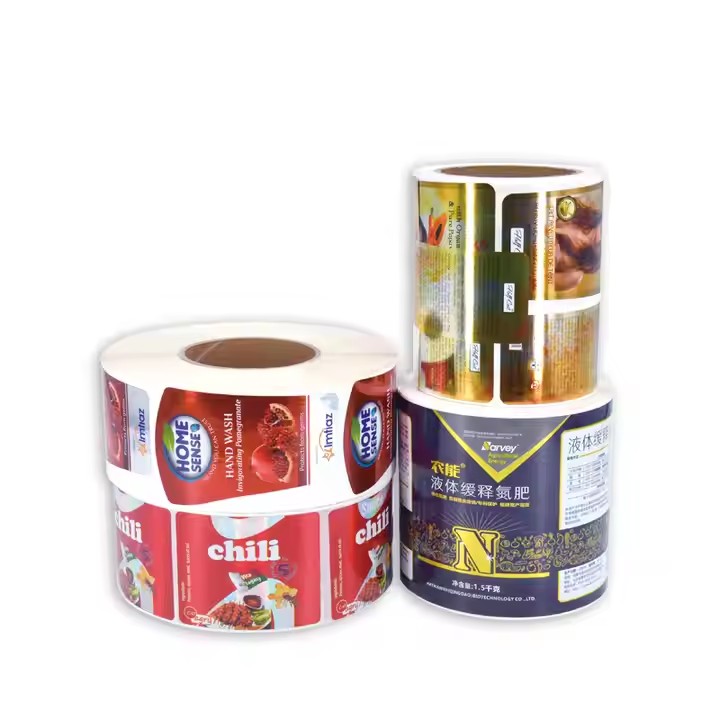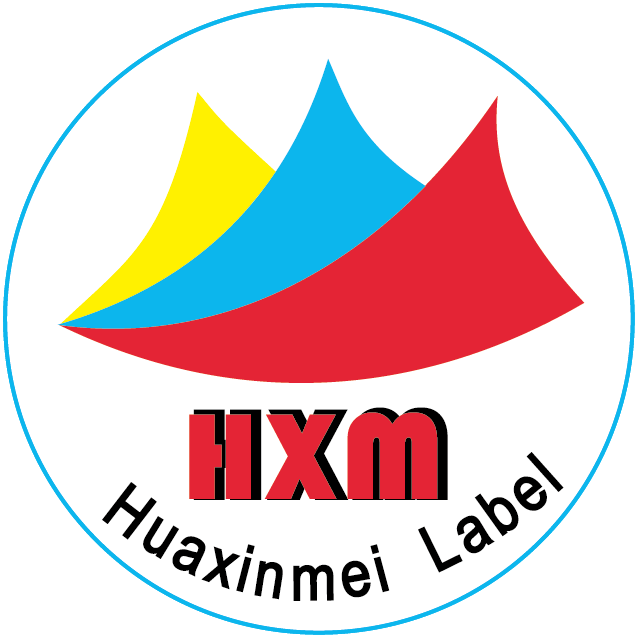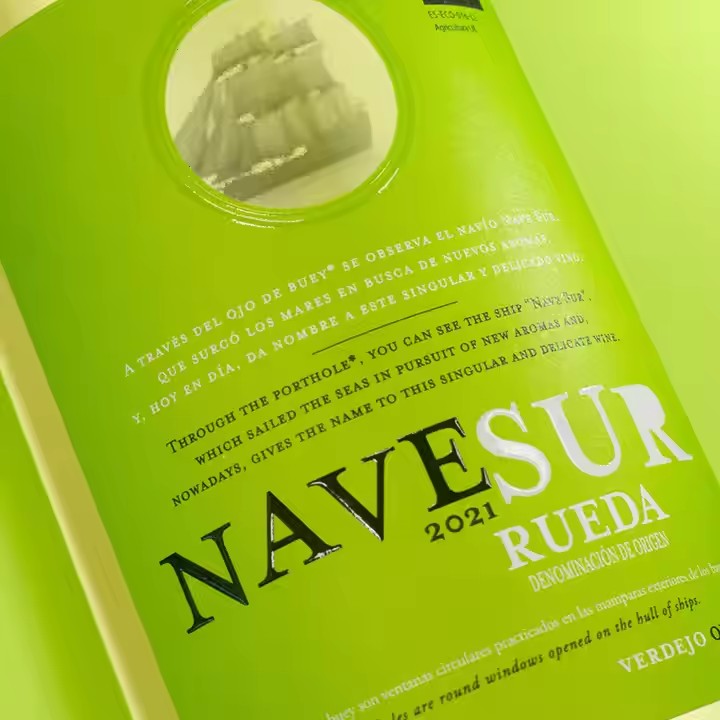Legal Compliance
Ingredient Labeling: All ingredients need to be listed accurately in accordance with relevant regulatory requirements. Ingredients should be arranged in descending order of their content and use the standard names of the International Nomenclature of Cosmetic Ingredients (INCI). Trace ingredients also need to be listed. For the ingredients of the product, a professional method of indicating ingredients should be used.
Efficacy Promotion: Avoid using medical terms or words that imply the product has medicinal treatment effects, such as “cure” and “treatment”. There should be no exaggerated or false promotional content. Excessive promotion of the efficacy of drugs is prohibited. The efficacy of drugs should be strictly explained and interpreted according to the properties of the drugs, and false promotion of drugs is not allowed.
Character Standardization: Beauty products sold in China must have Chinese labels and use standardized Chinese characters. When using other languages or symbols, corresponding explanations in standardized Chinese characters should be provided on the same visible surface. The characters need to be used in a regular and standardized way.
Information Completeness: The Chinese name of the product, the registration certificate number of special cosmetics, the name and address of the registrant, the name and address of the manufacturer, and the production license number should be marked.

Accurate and Complete Information
Basic Product Information: The product name should be clear and concise, indicating the purpose or nature of the product. The net content should be accurately marked, expressed in weight or volume, and clearly displayed in the bottom one-third area of the main display surface of the packaging.
Usage Instructions and Precautions: Provide clear usage methods. For products that may have potential safety hazards, such as those containing irritating ingredients, clear warning messages must be marked to remind consumers of the precautions.
Date Marking: The production date and shelf life, or the production batch number and the expiration date for use, need to be clearly marked.
Aesthetic Design
Color Matching: Select a color scheme that is consistent with the product positioning and target audience. Consider color psychology, as different colors can evoke different emotional responses. At the same time, ensure that the color contrast is appropriate to ensure the readability of the information.
Font Selection: The font should be easy to read. Avoid using overly fancy or difficult-to-recognize fonts. The style of the font should be coordinated with the overall style of the product. The font size should be reasonably matched, and important information such as the product name can be highlighted with a larger font size.
Patterns and Graphics: Beauty-related patterns or graphics can be used to enhance the attractiveness of the label, but be careful not to make them too complex or chaotic to avoid affecting the communication of information. The patterns should have high recognizability and aesthetic appeal and be able to accurately convey the characteristics of the product or the brand image.
White Space Treatment: Use white space reasonably to avoid overcrowding the label content. An appropriate amount of blank space can make the label look neater and more comfortable, making it easier for consumers to focus on important information.
Other Aspects
Material Selection: Consider the durability and environmental friendliness of the label. Choose materials with good quality, resistance to wear, and waterproof and moisture-proof properties to ensure that the label remains clear and complete throughout the entire life cycle of the product. At the same time, biodegradable or recyclable environmentally friendly materials can be selected to enhance the brand’s environmental image.
Personalization and Innovation: On the basis of meeting regulatory requirements and basic information communication, try to carry out personalized and innovative designs to make the product stand out in the market. Unique design elements or creative concepts can be integrated by combining the brand culture, product features, or the needs of the target audience.
Compatibility and Adaptability: If the product has different packaging specifications or forms, the label design should have a certain degree of compatibility and adaptability, and be able to maintain a good display effect on various types of packaging.
Reflecting Brand Characteristics
Highlighting the Brand Logo: The brand logo should occupy a prominent position on the label, and its clarity and integrity should be ensured, allowing consumers to quickly identify the brand and strengthen brand memory.
Style Consistency: The label design style should be consistent with the overall brand style, including the brand’s color system, font style, and design concept. This enables consumers to feel the unique temperament and values of the brand through the label, which is helpful for the shaping and dissemination of the brand image.
Incorporating the Brand Story: Elements such as the brand story, brand concept, or brand values can be appropriately incorporated into the label. These can be conveyed to consumers through concise text or graphics, adding emotional value to the brand, narrowing the distance between the brand and consumers, and increasing consumers’ sense of identity and loyalty to the brand.

Considering the Target Audience
Age-targeted: The design style and information communication methods should vary according to the different age groups of consumers. For example, for young consumers, a fashionable and lively design style and concise and clear language can be adopted; for mature consumers, the design may tend to be more refined and stable, and the information content should pay more attention to professionalism and depth.
Gender Differences: If the product has a clear gender positioning, the label design should meet the aesthetic and psychological needs of the corresponding gender. For example, the labels of female beauty products may use softer colors and delicate patterns; while the labels of male beauty products may emphasize a simple and tough style.
Focus on Consumer Needs: Understand the main needs and concerns of the target audience for beauty products, and highlight relevant information on the label.


